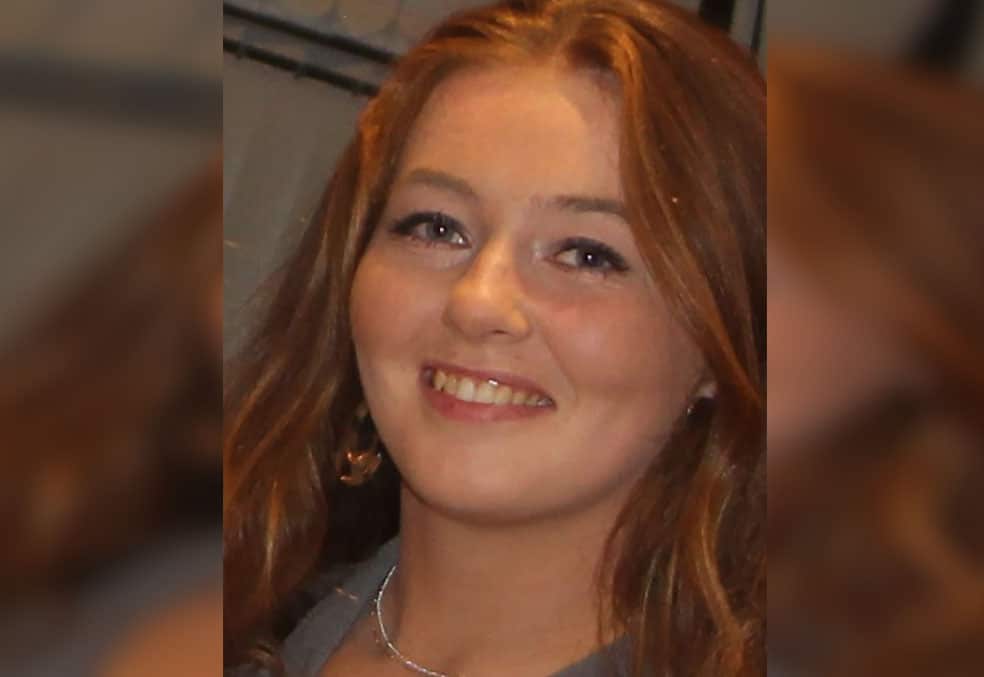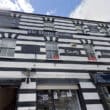
Freedom of Information (FOI) responses have revealed the PSNI did not take images of Armagh show jumper Katie Simpson’s injuries when she was presented battered and unresponsive at Altnagelvin Hospital on August 3, 2020.
While photographs were taken at post mortem, the injuries would have subsided to some extent and were not remarked upon by the pathologist, until he was asked to review them five months later after a murder inquiry was finally launched.
The failure to visually document the injuries adds further weight to concerns police closed down Katie’s death as suicide in those crucial initial stages when nothing should have been ruled out and all possibilities explored.
There were already concerns around the postmortem finding of possible hanging, but the manner in which this decision was reached was queried when Jonathan Creswell made his first application for High Court bail after being charged with murder.
While it has been confirmed a forensic port mortem was carried out, it’s unclear why the injuries did not warrant further investigation.
When the judge asked what caused Katie’s death, a prosecution barrister explained, “The pathologist described it as possible hanging, mainly on the face of information given to him by the applicant (Creswell). But we have medical evidence saying the neck injuries are not consistent with hanging.”
The judge asked: “If not hanging, what were they consistent with?”
He was told: “The doctor can only speak as to the neck injuries and what they aren’t consistent with … The Prosecution say (Creswell’s) account as hanging simply isn’t credible.”
The judge remarked: “If that’s right, the pathologist should not be signing off the cause of death on the basis of what somebody has told him. The pathologist should only be signing off on the basis of a medical examination, saying either ‘I can’t say what the cause was’ or ‘The cause was consistent with A, B or C.’”
Even Creswell’s barrister commented: “From the incident until the post-mortem – some eight days – there must assuredly have been communication with investigating police and the forensic pathologist. It’s perhaps somewhat trite to suggest the pathologist made his findings on a conducted postmortem from what he was told by the accused. That simply wouldn’t happen and its nonsense to suggest it would.”
The judge replied: “It certainly shouldn’t happen.”
Previously an FOI submitted to the PSNI enquired when officers forwarded medical details and images of Katie’s injuries to the State Pathologist Department (SPD).
This was ‘aggregated’ into existing requests around Katie’s murder resulting in the PSNI deeming the collective FOI too expensive to answer.
As in all refusals on these grounds, the additional costs were offered for upfront payment, but unlike other agencies the PSNI do not accept this.
The request was therefore sent to the Department of Justice who provided the information without issue.
This stated: “The date of medical notes being received is not recorded, however, it is believed a clinical summary from a clinician and another from the general practitioner were reviewed either before the autopsy or during the two days after the autopsy.”
In addition “no images of the injuries observed in the hospital were received and the pathologist was informed none were taken. The PSNI photographs taken during the autopsy were received by SPD on 12 August 2020.”
It would be January 2021 before these were reviewed.
When asked to comment the Department said: “The consultant forensic pathologist who carried out the postmortem has confirmed they did not contact or speak with anyone other than the police and colleagues about this case, as would be normal practice.”
Meanwhile, the PSNI were asked why Katie’s injuries were not photographed when she was admitted to hospital and if this was ever considered then stood down or was it never deemed necessary.
As with all enquiries the PSNI refused to comment on any aspect of the case while investigations into officer conduct are ongoing.





